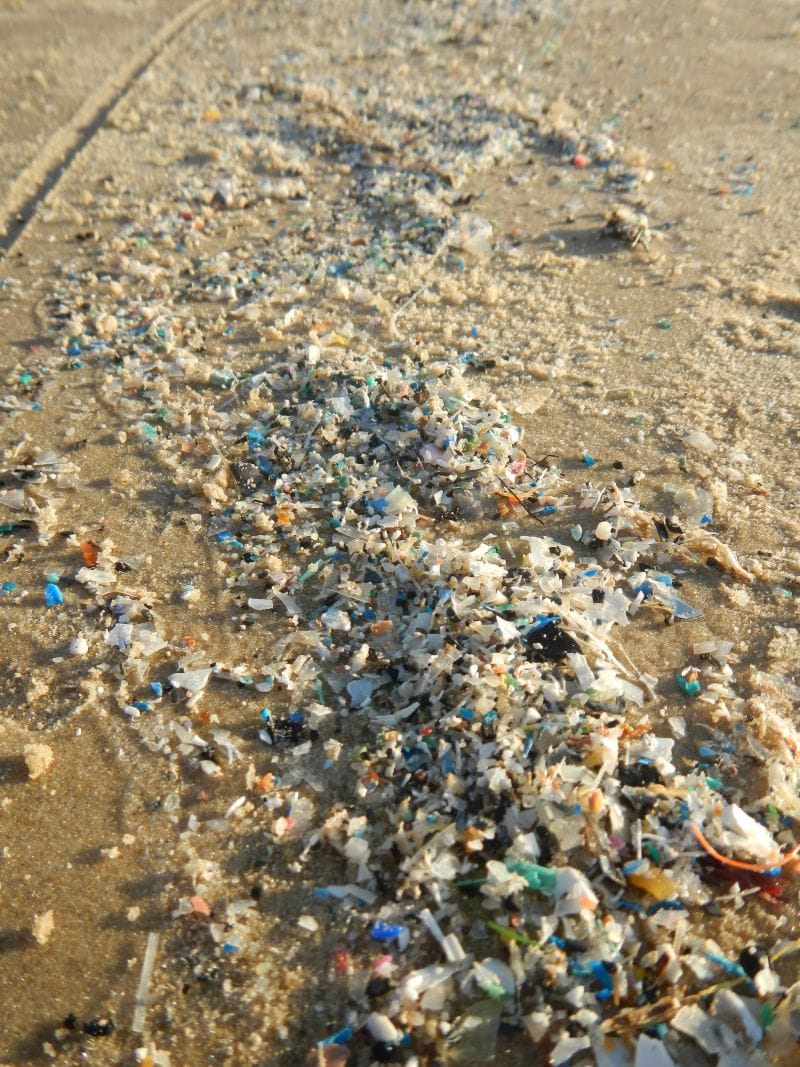RSS feed source: National Science Foundation
The U.S. National Science Foundation Zettawatt-Equivalent Ultrashort pulse laser System (NSF ZEUS) laser facility at the University of Michigan now has the most powerful laser in the U.S., with roughly double the peak power of any other laser in the country. Researchers at NSF ZEUS achieved a laser pulse of two petawatts (2 quadrillion watts) in a brief pulse that lasted 25 quintillionths of a second. In that moment, the laser exceeded the total global output of electrical power by more than 100 times.
The NSF ZEUS laser is available to scientists across the U.S. for experiments in a range of fields, including quantum physics and plasma science with potential applications in medicine, national security, materials science and more.
“The fundamental research done at the NSF ZEUS facility has many possible applications, including better imaging methods for soft tissues and advancing the technology used to treat cancer and other diseases,” said Vyacheslav Lukin, program director in the NSF Division of Physics, which oversees the ZEUS facility. “Scientists using the unique capabilities of ZEUS will expand the frontiers of human knowledge in new ways and provide new opportunities for American innovation and economic growth.”
RSS feed source: National Science Foundation
The United States semiconductor industry is projected to have between 60,000 and 100,000 unfilled jobs by 2030. As the need for semiconductor technicians, engineers and scientists continues to increase, there is also a growing demand for innovative ways to train this anticipated workforce. But such training typically requires expensive clean rooms and advanced equipment, resources that many schools don’t have access to.
A team of researchers, which included high school and community college students, found a solution to this challenge by using artificial intelligence-powered virtual reality (VR) to create simulations as a cost-effective alternative for people to learn about the process of semiconductor fabrication. The results of their research, which is supported by the U.S. National Science Foundation Advanced Technological Education Micro Nano Technology Education Center at Pasadena City College (PCC), in collaboration with the University of California, Irvine (UCI), are available in the Journal of Advanced Technological Education.
“Many students, especially those at underfunded schools, never get to see or touch the real semiconductor fabrication tools,” said Kristal Hong, a member of the research team and a computer science major at UCI. “I, myself, was a community college student without access to a cleanroom, so I know how that gap can dampen student enthusiasm.”
By using AI-powered VR to create cleanroom simulations, the team is offering a learning channel outside of traditional classrooms and
Click this link to continue reading the article on the source website.
RSS feed source: National Science Foundation
At Brown University, an innovative new project is revealing that teaching artificial intelligence to perceive things more like people may begin with something as simple as a game. The project invites participants to play an online game called Click Me, which helps AI models learn how people see and interpret images. While the game is fun and accessible, its purpose is more ambitious: to understand the root causes of AI errors and to systematically improve how AI systems represent the visual world.
Over the past decade, AI systems have become more powerful and widely used, particularly in tasks like recognizing images. For example, these systems can identify animals, objects or diagnose medical conditions from images. However, they sometimes make mistakes that humans rarely do. For instance, an AI algorithm might confidently label a photo of a dog wearing sunglasses as a completely different animal or fail to recognize a stop sign if it’s partially covered by graffiti. As these models become larger and more complex, these kinds of errors become more frequent, revealing a growing gap between how AI and humans perceive the world.
Recognizing this challenge, researchers funded in part by the U.S. National Science Foundation propose to combine insights from psychology and neuroscience with machine learning to create the next generation of human-aligned AI. Their goal is to understand how people process
Click this link to continue reading the article on the source website.
RSS feed source: National Science Foundation
Researchers with support from the U.S. National Science Foundation published a global benchmark of microplastic distribution in the ocean, revealing thousands of plastic specks even at the extreme depths of the Mariana Trench.
The study’s findings show that not only could fisheries take an economic hit, but humans could be at risk for exposure to contaminated seafood.
The team synthesized data from nearly 2,000 ocean sampling stations, mostly in northern ocean waters near larger populations between 2014 and 2024. “The discovery that microplastics are not just floating on the sea surface but also form a plastic smog, throughout the depths of the ocean, was surprising and concerning,” said Aron Stubbins, an author on the paper and professor at Northeastern University.
Abundant microplastic materials smaller than 5 micrometers — or about 100 times less than the width of a human hair — may be eaten by zooplankton, which in turn feed larger marine animals. Microplastics can disrupt marine food chains, causing health declines and potential drops in populations for fish and other marine creatures.
“Even when we are studying what we think of as completely natural processes in the ocean, we have to be aware of humankind’s influence,” said Henrietta Edmonds, an NSF program director.
Click this link to continue reading the article on the source website.



